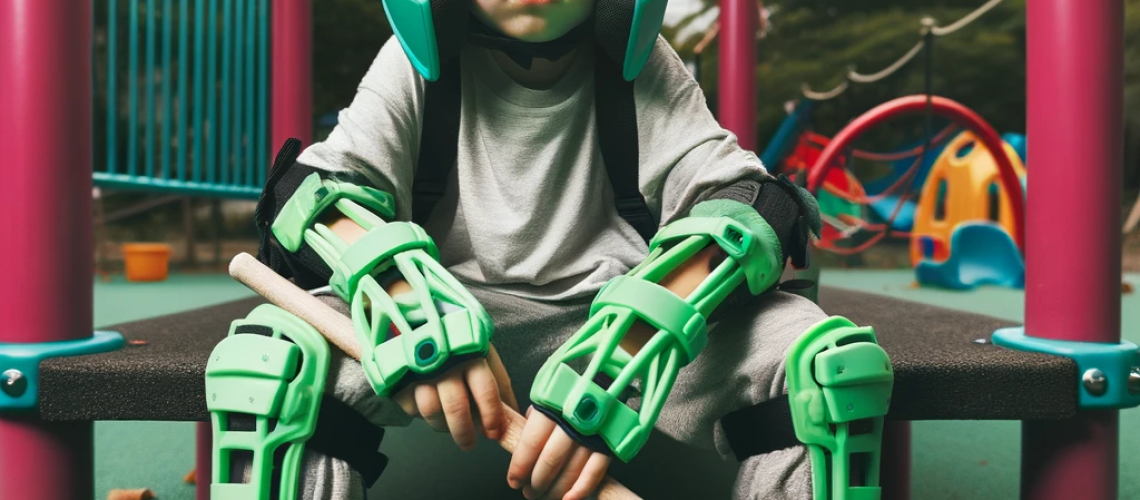The human skeletal system, while robust, is susceptible to various kinds of injuries. Among them, the green stick fracture stands out due to its unique nature, especially in children. This article seeks to provide an in-depth understanding of this particular type of fracture.
Understanding the Nature of Bones
Before delving into green stick fractures, it’s essential to comprehend the nature of bones. Bones in younger individuals are distinct from those in adults. They possess a higher collagen content, making them more flexible and less likely to fracture completely. This flexibility is why children often experience a green stick fracture.
In-depth Look at Green Stick Fractures
A green stick fracture is akin to how a young, green branch behaves when bent – it breaks but doesn’t snap entirely. In children, this means the bone fractures partially, leading to a bend and break scenario.
Common Scenarios Leading to Green Stick Fractures
- Playground Incidents: Many children experience this fracture during play, often from falls or impacts during high-energy activities.
- Sports: Contact sports or those requiring jumping and running can lead to such fractures if there’s a sudden impact or fall.
- Accidental Falls: Simple trips or falls from a height can cause a green stick fracture if the child lands in an unfavorable position.
Symptoms and Their Implications
While pain is a primary indicator, other symptoms include:
- Bruising: The skin might show signs of bruising around the fracture site.
- Tenderness: The affected area becomes extremely sensitive to touch.
- Audible Sound: At times, a snap or crack might be heard during the injury.
- Avoidance Behavior: The child might refrain from using the injured limb, indicating discomfort.
Advanced Diagnosis Techniques
While X-rays are standard, sometimes advanced imaging like MRI or CT scans might be necessary to assess the injury’s extent.
Modern Treatment Modalities
Beyond traditional treatments, there’s a shift towards using:
- Removable Splints: These allow for better hygiene and comfort.
- Physical Rehabilitation: Targeted exercises help in faster recovery and restoring full range of motion.
Preventing Green Stick Fractures
- Safety Gear: Encourage the use of safety gear during sports.
- Safe Play Environments: Ensure play areas are free from hazards.
- Bone Health: A diet rich in calcium and vitamin D can bolster bone strength.
The Emotional Impact and Support
It’s vital to understand the emotional trauma a child might undergo. Parents and caregivers should offer ample emotional support, assuring the child of a swift recovery.
Zusammenfassung
Green stick fractures, while treatable, require prompt attention. With evolving medical practices, the prognosis is excellent. However, prevention, timely intervention, and emotional support play a pivotal role in the child’s overall well-being.
Externe Links:

